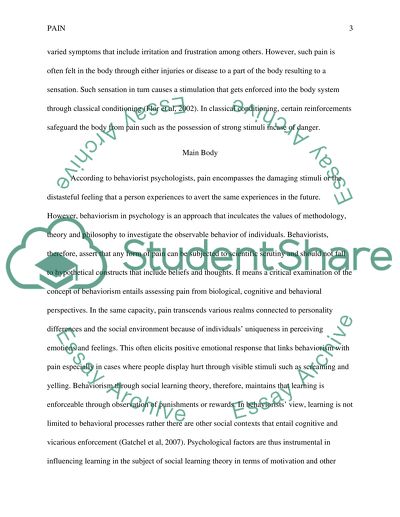Cite this document
(“Pain Essay Example | Topics and Well Written Essays - 2000 words”, n.d.)
Pain Essay Example | Topics and Well Written Essays - 2000 words. Retrieved from https://studentshare.org/psychology/1497872-pain
Pain Essay Example | Topics and Well Written Essays - 2000 words. Retrieved from https://studentshare.org/psychology/1497872-pain
(Pain Essay Example | Topics and Well Written Essays - 2000 Words)
Pain Essay Example | Topics and Well Written Essays - 2000 Words. https://studentshare.org/psychology/1497872-pain.
Pain Essay Example | Topics and Well Written Essays - 2000 Words. https://studentshare.org/psychology/1497872-pain.
“Pain Essay Example | Topics and Well Written Essays - 2000 Words”, n.d. https://studentshare.org/psychology/1497872-pain.


